I'm sure that you'll have seen how water hypnotically reflects light coming from any source, especially the Sun. And even though this is a very interesting light phenomenon, it isn't always desired in a photograph. Luckily for you, there are ways for cutting out the reflection in order to enhance other reflections.
Huh? I know, that sounds like a tongue twister, but it is true, you can reduce reflection in order to enhance reflections. Water reflects everything like a mirror, and sometimes (especially on small bodies of water and ponds) these reflections form highly interesting photographs.
The trick is to cut off oddly looking and shiny glares in order to just preserve the image you want in the reflections.
1. Avoid Murky Water
Pretty much any water surface can work as a randomly encountered mirror, as long as they are absolutely still of course. If you find a pond that has some inner turbulence it will reflect more of the undesired light and cast rather than clear and crisp images.
The best solution is to wait until it stays absolutely still, without moving and without particles floating inside of it.
That works nicely for small bodies of water of course. But what about the larger and never-still ones? Here it will be very difficult to find perfectly still large bodies of water, therefore you need to hack reality via long exposures.
The best way to do it is by shooting in low light situations like dawn or dusk with the aid of a Neutral Density (ND) filter. These filters help to reduce the amount of light going through your camera, enabling you to shoot very slow photographs that won't depict motion on mildly moving bodies of water. Just note that this won't work with fast-moving bodies of water.
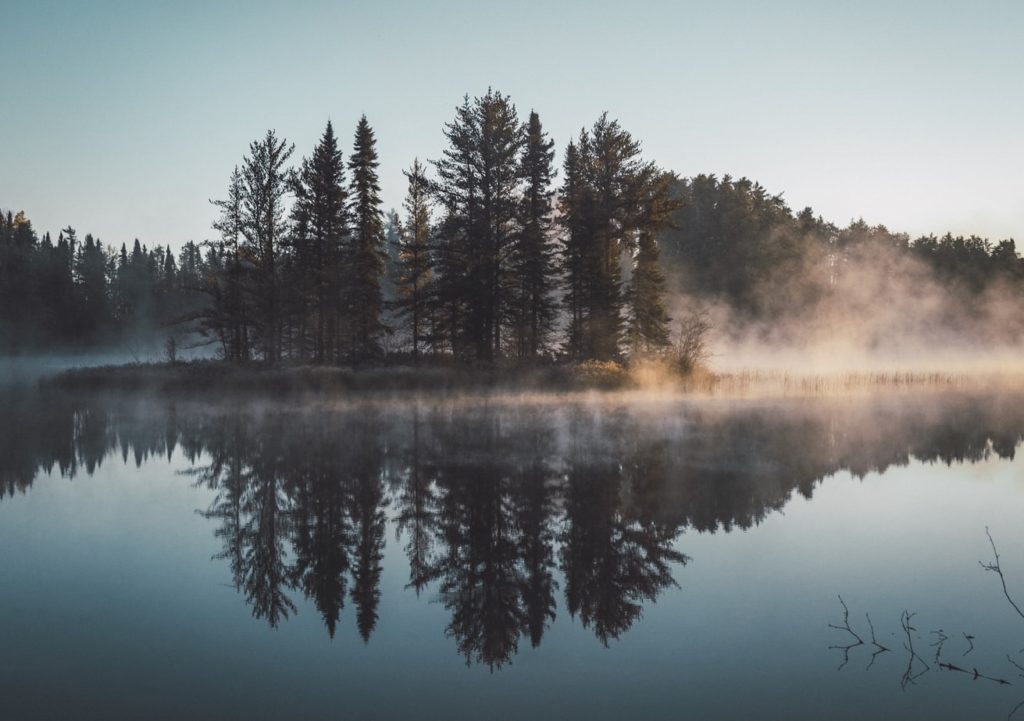
2. Don't Forget That You Are Looking Through The Water
For this, you'll have to consider two things, first light behavior, and then focusing techniques. For light, you'll need to keep in mind that light travels in linear directions and it reflects and refracts in specific ways.
I've found a very useful article on how light behaves. And for the second thing that you have to keep in mind (focus) the best way is to use manual focus until you see the reflected image as sharp and clear as possible. If you blend these two criteria evenly, you'll manage to achieve superb reflections.
3. Look For A Point Of View Sweet Spot
In order to find a sweet spot in terms of water reflection, you'll have to move around so you can avoid nasty and weird light reflections on top of the water mass that you are using as a reflecting device.
Crouch and stand up, move every way possible until you find the best looking-through position, and if you can do it with a tripod you'll have more control of the situation.
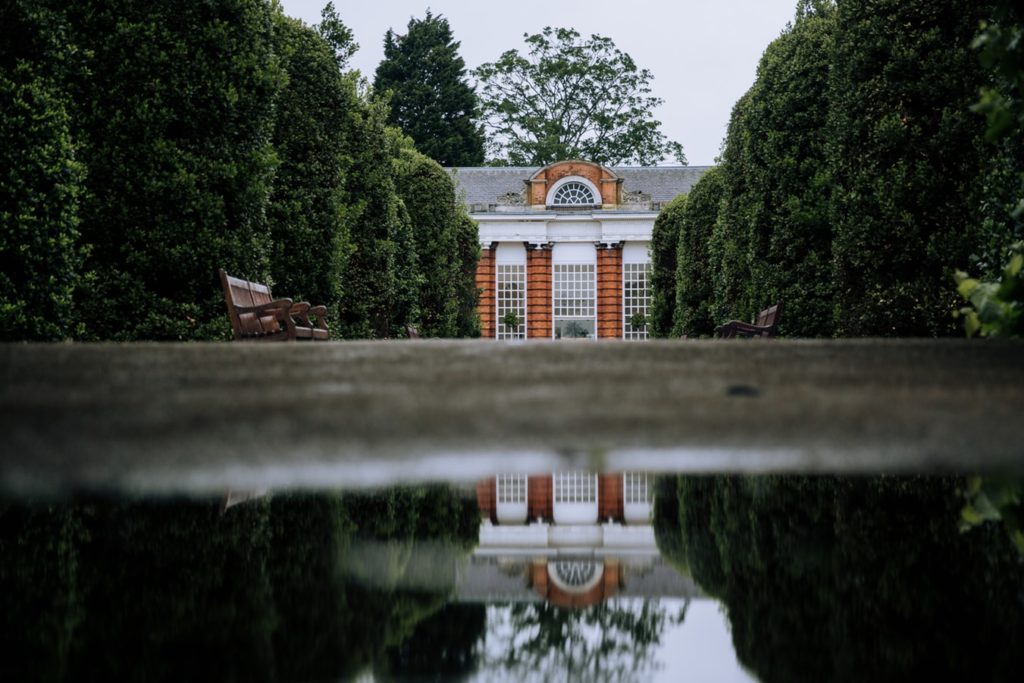
4. Use a Polarizing Filter
Polarising filters help to remove the weird and cloudy reflections on highly-reflective surfaces (like water).
There are two types of polarising filters, linear and circular ones. You should read this article written by Jason D. Little a while ago for understanding these devices better. If you manage to acquire one of these handy filters, you'll surpass many of the complexities around reflections, and of course, don't forget to move around and to focus manually so you can take great pictures by combining all the aforementioned principles.
5. Use a Telephoto Lens
We've talked about moving around in order to find the point of view sweet spot, so you may like to consider using telephoto lenses for shooting reflections. The main reason why is because they offer you more proximity, they allow you to see reality in a different way.
You could be relatively far away from a body of water, and thanks to the optical generosity of telephoto (and also zoom) lenses you will still be able to capture really interesting reflections in the water.
Pro Tip: As your lens goes larger and larger, it will produce more and more shakiness. There is a very simple shooting rule that states that if you shoot with a specific focal length, you shouldn't be shooting below 1/x shutter speed. Something like this:
X focal length distance <= 1/focal length distance shutter speed.
So, if you are shooting with a 200mm you shouldn't be shooting with a shutter speed slower than 1/200, or if you are using a massive 400mm you shouldn't be shooting slower than 1/400 of a second. This rule applies when shooting handheld if you use a tripod you can skip it of course.
Reflections are all about seeing the world around you in a whole different perspective. Get out there and start looking at every small patch of water as a potential lens for seeing the world!
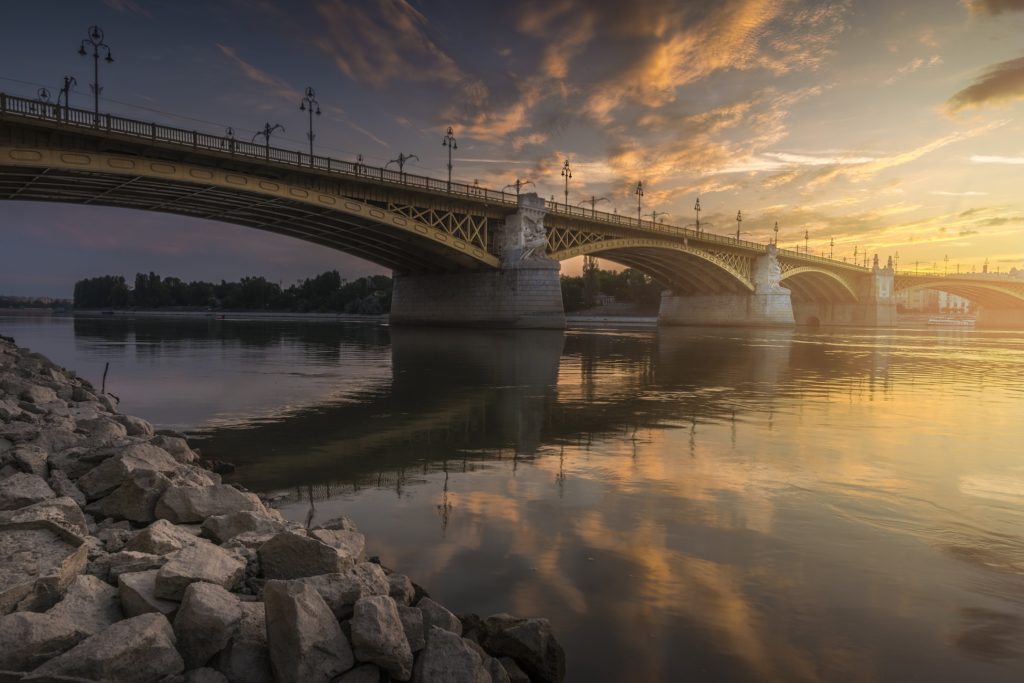
Don't forget to share your work at the Shark Tank, there you'll find lots of great and well-intended photography feedback.
Further Reading:
- How to Photograph Reflections for Awesome Results
- Photographing Reflections: 3 Tips Plus Stunning Examples for Creative Inspiration
- The Secret of Gorgeous Reflection Photographs: 36 Amazing Links and Examples



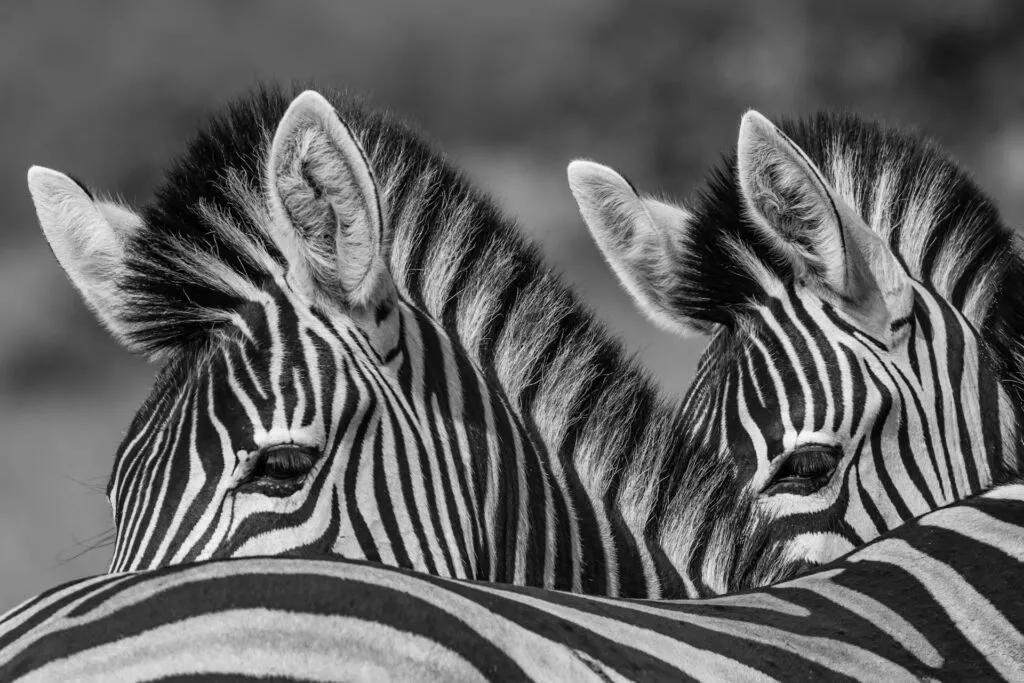

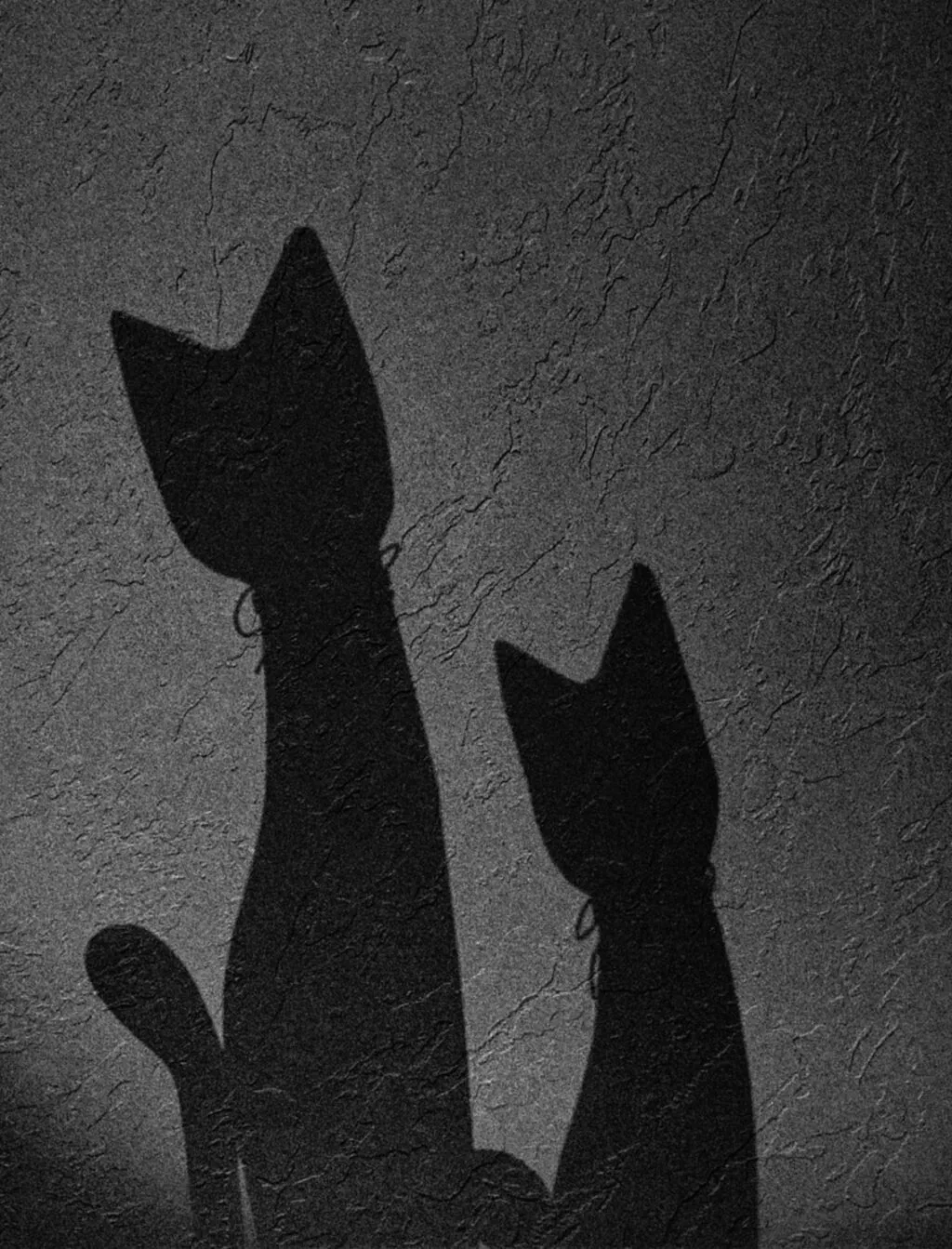

1 Comment
Fantastic article , learning new things every day thank you Federico .